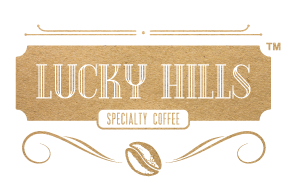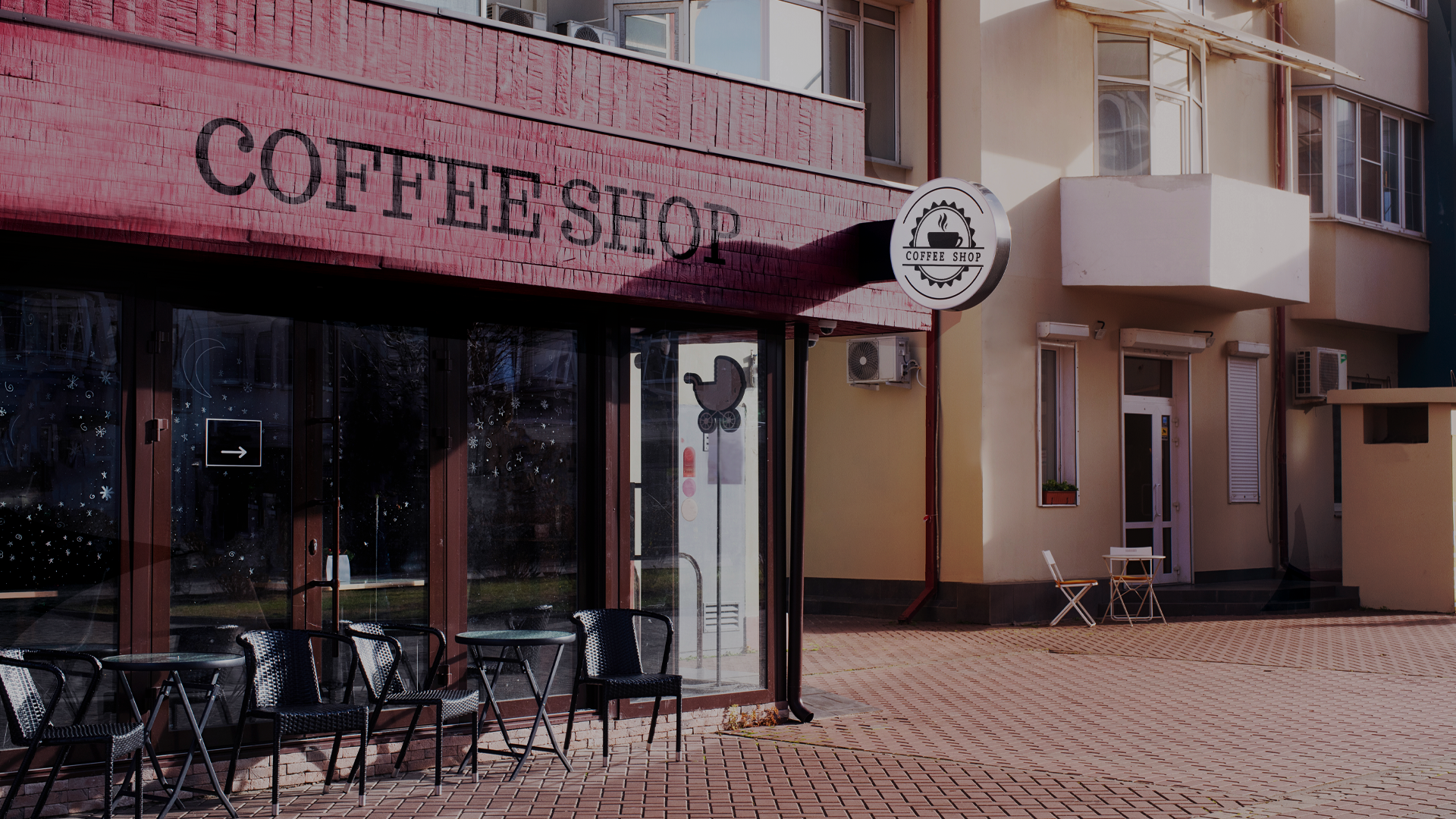The dynamic landscape of the coffee universe requires an in-depth understanding of emerging trends for businesses to stand out amid the fierce competition.
With the global coffee market projected to grow at an annual rate of 4.61% (CAGR 2023-2028), as indicated by data from Statista Market Insights, it is essential to anticipate and adapt to the changes that will shape the industry in the coming years.
But what are the new coffee trends? Keep reading and find out!
Coffee trends: catering to customers’ preferences
Coffee consumption is constantly evolving, driven by a number of factors, such as changing eating habits, environmental awareness, and increased demand for unique experiences.
To stand out from the competition, establishments in the food service segment, such as restaurants, coffee shops or even hotels, need to be aware of these coffee trends and invest in innovations that meet customers’ demands.
The following are some of the key coffee trends expected to impact the sector in the coming years:
- High demand for sustainable coffee
Environmental awareness is shaping customer choices, reflecting the growing demand for sustainable coffee. According to a recent survey conducted by IBM Institute for Business Value, about half of the customers revealed that they pay, on average, 59% more for products that are recognized as sustainable or socially responsible.
So, businesses that trace the origin of beans, adopt biodegradable packaging and promote sustainable practices not only respond to this demand, but also create an image of social responsibility, gaining customers’ trust.
Read more:
What is considered a sustainable coffee?
- Preference for specialty coffees
The rising standards of customers’ taste is significantly driving the demand for specialty coffees. As revealed by the Grand View Research report, the size of the global specialty coffee market was estimated to be around $22 million in 2022, projecting an annual rate increase of 11.3% (CAGR 2023 – 2030).
This means that these specialty coffees, marked by their unique flavor, aroma and body qualities, represent a fast-growing segment within the industry.
- Out-of-home coffee consumption
Increased tourism and social activities are driving out-of-home coffee consumption in the United States. According to a report released by Mordor Intelligence, the size of the Out-of-Home Coffee market is expected to grow from $37.86 billion in 2023 to $45.40 billion in 2028.
This behavior creates opportunities for establishments in the food service segment to expand their operations and improve customers’ experience.
- Demand for alternative additives for coffee
As consumers seek healthier and more sustainable options, the demand for alternative coffee additives is on the rise. That means plant-based milk, such as almond, soy and coconut, are becoming popular choices.
According to NielsenIQ, the alternative dairy beverage industry recorded a remarkable growth, reaching $3.2 billion in total U.S. Omni sales in 2023, marking an 11.1% increase compared to the previous year.
This is a great opportunity for businesses that not only want to satisfy individual preferences, but also cater to customers with dietary restrictions, thus expanding their market reach.
- Increased consumption of cold brew coffee
Cold brew coffee, a refreshing alternative to traditional coffee, has been gaining popularity among customers in recent years. Technavio‘s projections show that the market is expected to increase at a CAGR of 7.73% between 2022 and 2027, with North America being the main driver of this growing demand.
So, this growth in cold brew coffee consumption represents an opportunity for establishments in the food service segment that want to stand out in the market.
Take advantage of coffee trends to innovate your business
Food service businesses that want to thrive need to be aware of coffee trends and invest in strategies to seize opportunities and overcome challenges.
Check out some tips:
- Meet customers’ demands
Introduce innovative options in your business, such as cold brew coffee, or even other iced coffees, to captivate those who are looking for new experiences. Also, don’t forget about alternative milk, meeting the demand for healthier and more sustainable choices.
This strategic approach not only satisfies individual tastes, but also puts your business at the forefront of coffee trends, ensuring customer satisfaction and loyalty.
- Look for suppliers that align with sustainable practices
As mentioned, sustainability has become a central concern for customers.
Businesses that align with this trend, in addition to contributing to the well-being of the planet, gain the trust of an increasingly conscious customer base.
- Offer specialty coffee beans
Offering specialty coffees, such as the Lucky Hills’ varieties, is an effective strategy to attract customers looking for a unique, high-quality experience.
The flavor nuances, the enveloping aromas and the superior quality of specialty beans captivate coffee enthusiasts, raising the perception of your establishment in the food service market.
As noted, coffee trends present exciting opportunities for businesses that are willing to innovate and meet the diverse demands of customers.
By understanding these trends and investing in quality, sustainability and customer experience, your business will be elevated to the next level of success and recognition.
Lucky Hills: quality sustainable specialty coffee
Lucky Hills is at the forefront of coffee trends, offering a unique and sustainable experience.
With a solid tradition in exporting the Brazilian passion for beans that are grown, roasted and traded directly, we are always seeking the latest technologies.
Our ethical and transparent commitment at every stage of the process, from planting to the cup, ensures that every sip of Lucky Hills coffee is a journey of unparalleled quality.
Contact our consultants and stay ahead of coffee market trends.



